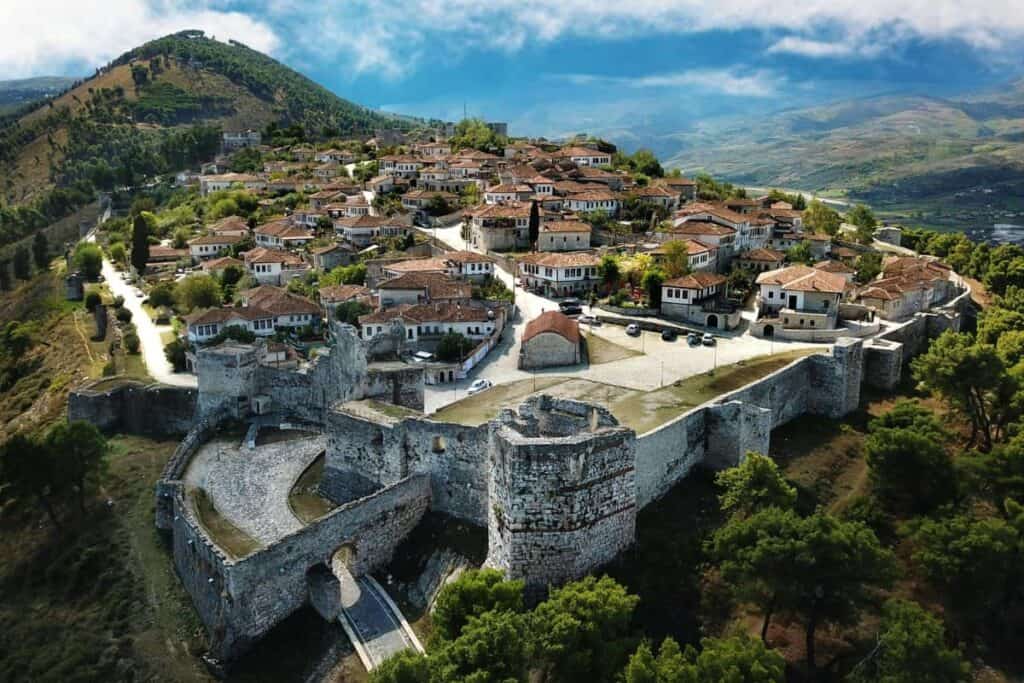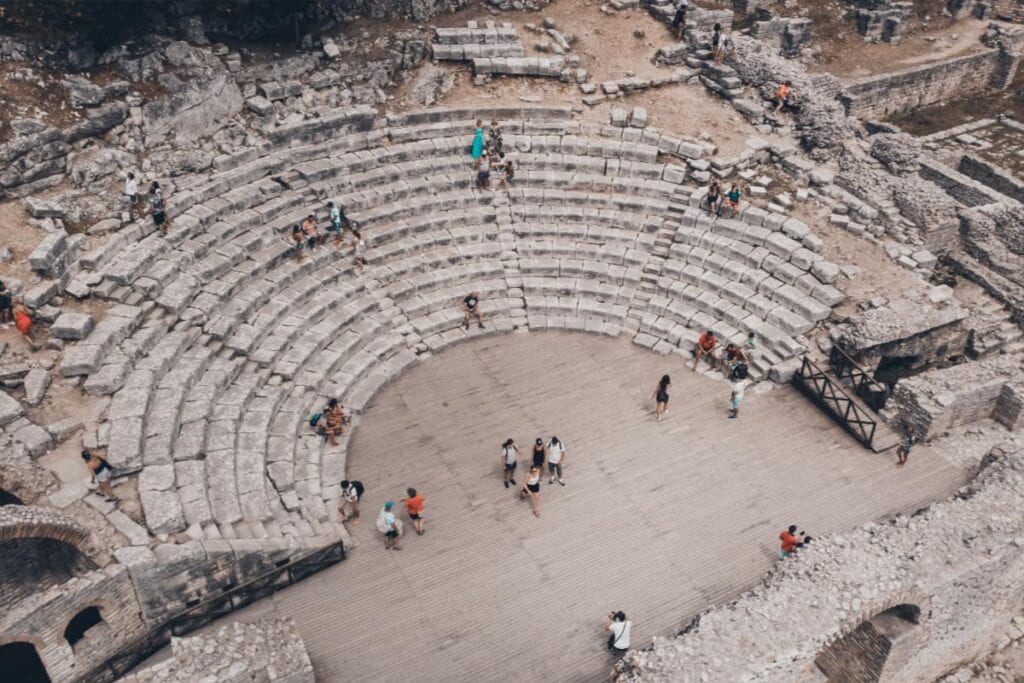Albania’s rich history and diverse culture are beautifully reflected in its traditional clothing. These garments are more than just attire; they are a testament to the country’s regional diversity, craftsmanship, and deep-rooted traditions. From the intricate embroidery to the bold patterns, Albanian traditional clothes tell stories of identity, history, and pride.
The Origins and Cultural Significance
Traditional Albanian clothing dates back centuries, influenced by the Illyrian, Byzantine, and Ottoman periods. Each region of Albania has its distinct style of dress, with variations in design, fabric, and accessories. These differences are often tied to geography, climate, and local customs, making each ensemble a unique representation of its origin.
Traditional attire is commonly worn during festivals, weddings, and other cultural events, symbolizing respect for heritage and pride in one’s roots.
Key Elements of Albanian Traditional Clothing
1. Xhubleta (Women’s Skirt)
The xhubleta is one of the most iconic pieces of Albanian traditional clothing, especially in northern regions. This bell-shaped, layered skirt is made from wool and often features intricate embroidery. It is believed to have Illyrian origins, making it a symbol of Albania’s ancient past.
2. Fustanella (Men’s Skirt)
The fustanella, a pleated white skirt, is commonly associated with southern Albania. Historically worn by men, it represents strength and freedom. The number of pleats often symbolizes Albania’s historical battles or the number of regions united under its banner.
3. Brezi (Sash or Belt)
A colorful brezi is often worn around the waist, serving both a practical and decorative purpose. In some regions, it is intricately woven with patterns that represent the wearer’s status or region.
4. Qeleshe (Cap)
The qeleshe, a traditional white felt cap, is a defining element of men’s traditional attire. The cap’s shape varies by region; for instance, northern Albanians wear a round cap, while those in the south wear a pointed one. It symbolizes national pride and unity.
5. Jelek (Vest)
The jelek, a fitted vest worn by both men and women, is often richly embroidered with gold or silver threads. For women, it adds elegance to the ensemble, while for men, it represents a sense of formality.
6. Accessories and Jewelry
Traditional outfits are often adorned with intricate jewelry, including necklaces, bracelets, and headpieces made of silver or gold. These accessories are not only decorative but also reflect the wearer’s social status and family heritage.
Regional Variations
Northern Albania
In the northern regions, clothing is often made from heavy wool to withstand the colder climate. The designs feature bold patterns and darker colors. The xhubleta is a staple of women’s attire, paired with embroidered blouses and headscarves.
Southern Albania
Southern attire tends to be lighter and more colorful. The fustanella is a defining piece for men, while women’s clothing often features bright embroidery and silk scarves. Gold-threaded vests and decorative belts are also common.
Central Albania
Central regions, such as Tirana and Elbasan, combine elements from both the north and south. Women’s dresses are adorned with floral embroidery, and men’s outfits often include tailored jackets with ornate details.
Traditional Clothing in Modern Times
While traditional clothing is no longer worn daily, it holds a special place in Albanian culture. These garments are preserved for weddings, national holidays, and folk festivals, where they are proudly showcased.
Fashion designers in Albania have also drawn inspiration from traditional attire, incorporating elements like embroidery and patterns into modern clothing. This fusion of old and new keeps Albanian heritage alive while making it relevant to younger generations.
Where to Experience Traditional Albanian Clothing
- Museums:
- Visit the National Historical Museum in Tirana or the Ethnographic Museum in Kruja to see collections of traditional garments.
- Festivals:
- Attend events like the National Folklore Festival in Gjirokastra, where participants showcase traditional attire.
- Handicraft Shops:
- Explore local markets for handmade replicas of traditional clothing or accessories.
A Living Legacy
Albanian traditional clothing is more than just fabric and thread—it is a living legacy that connects modern Albanians to their history and culture. Each stitch, pleat, and design tells a story of resilience, creativity, and pride.
Whether you admire these garments in museums, witness them at festivals, or wear them for a special occasion, traditional Albanian clothes are a vivid reminder of the country’s rich cultural tapestry and enduring heritage.


